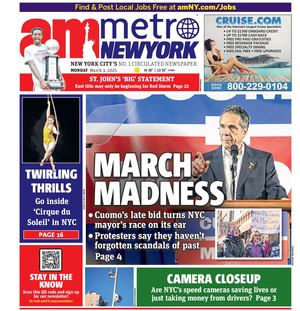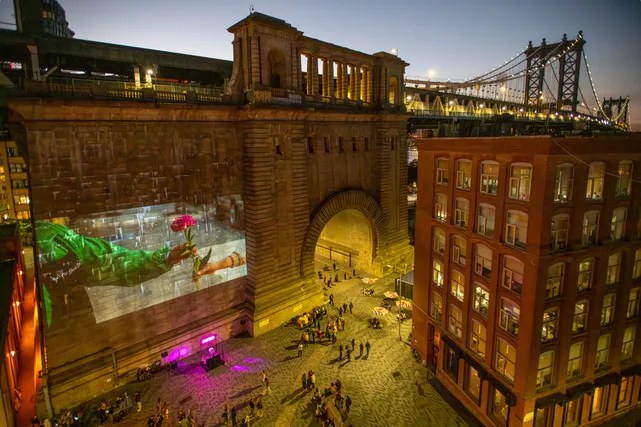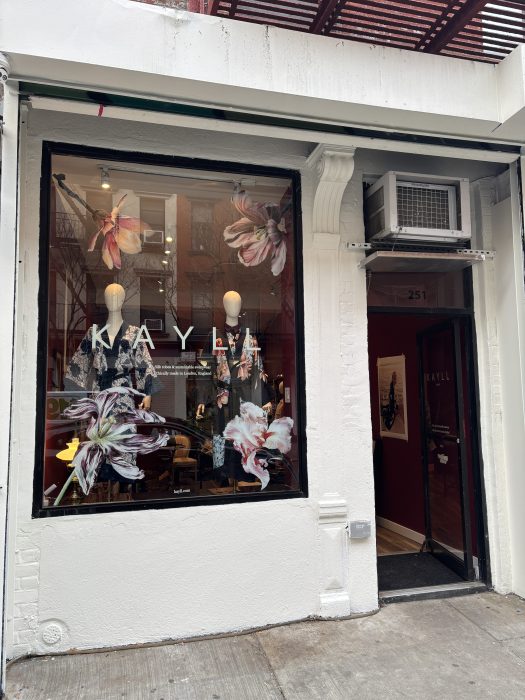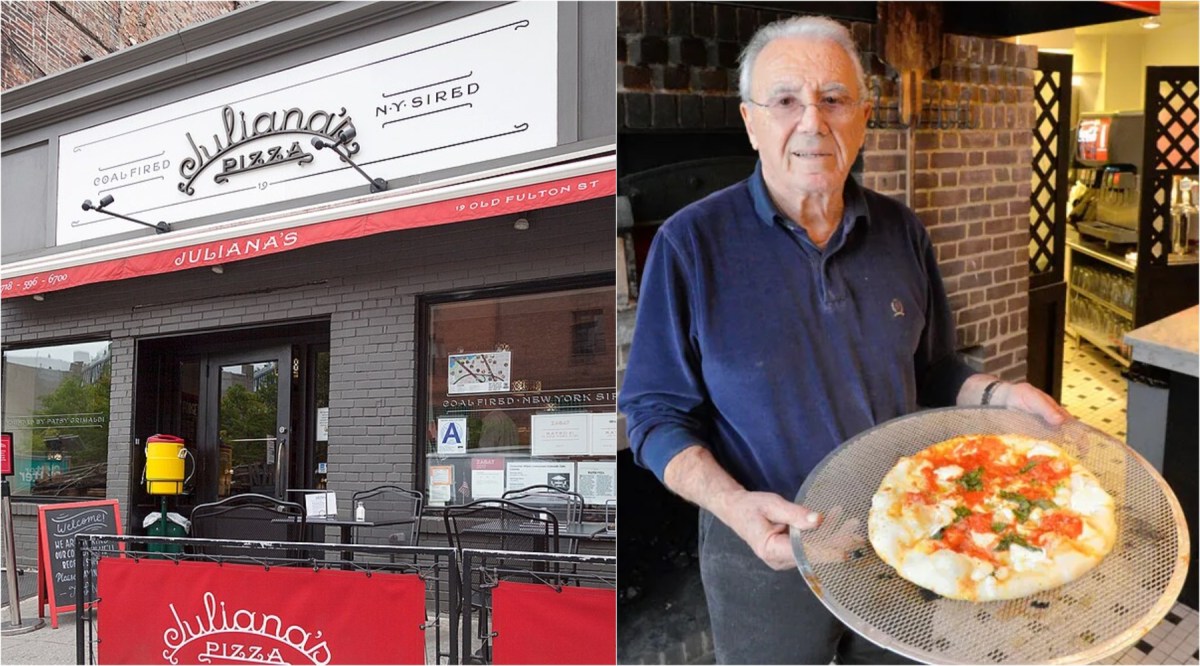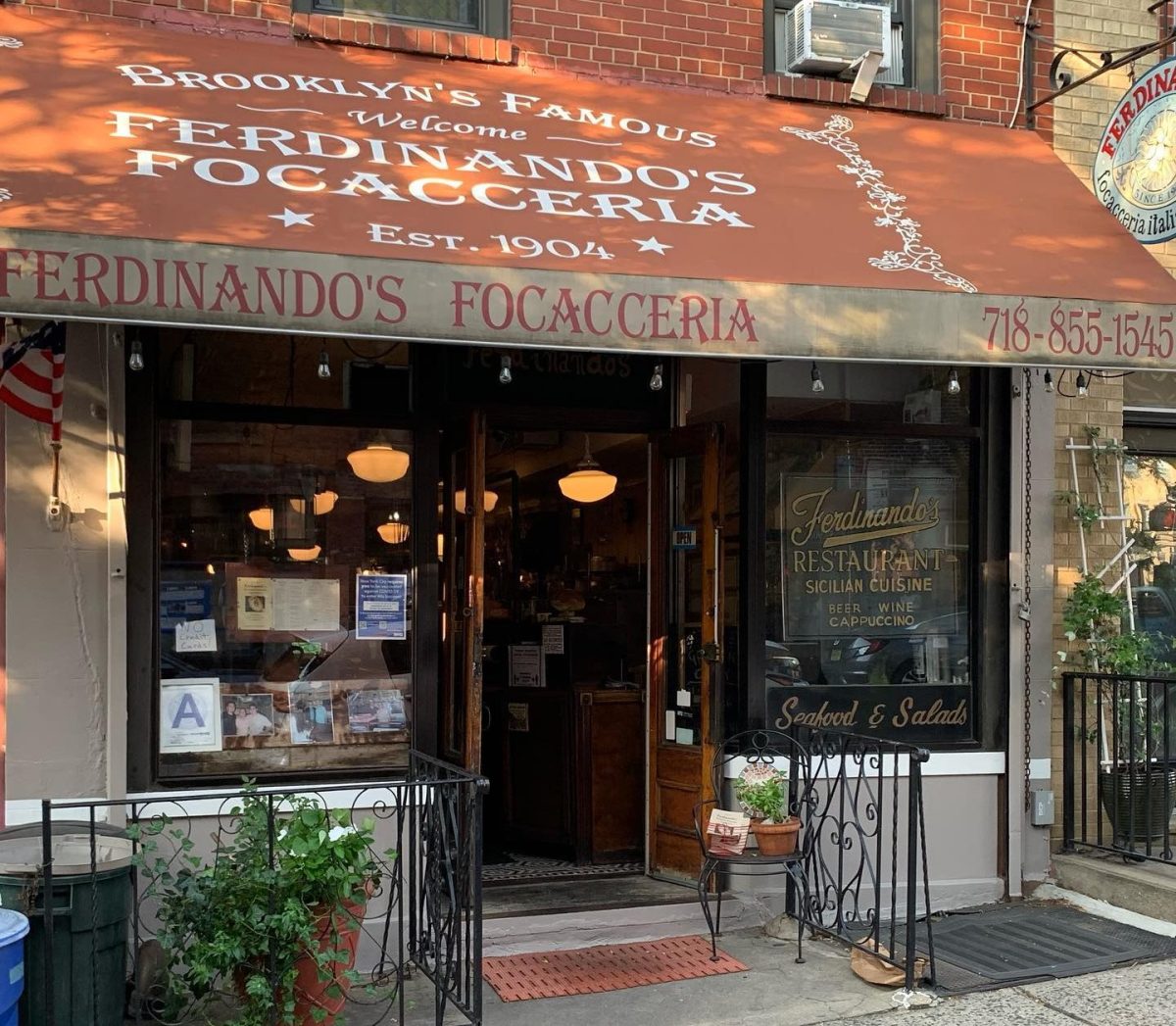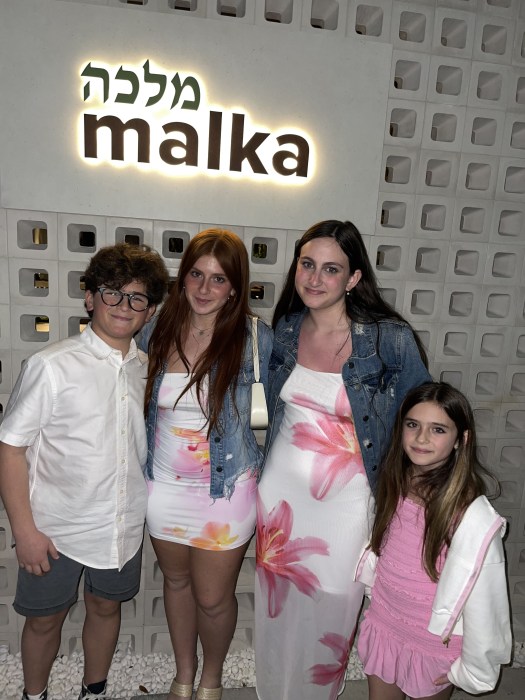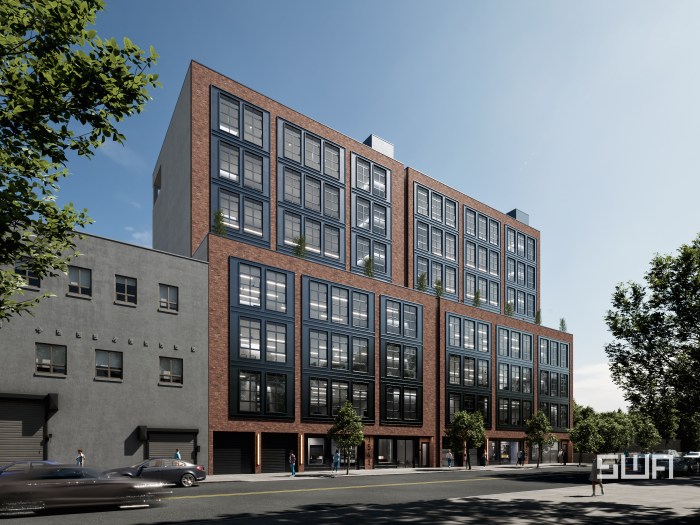
Think back to the days of your youth: you’ve just finished eating dinner with your family, and your mom has given you 20 more minutes to play before it’s time for bed. You bolt into your bedroom with only one destination in mind: the corner next to the bookshelf that houses your beloved dollhouse. You start to play, placing your favorite blonde-haired, blue-eyed doll in her library, where she’s met with hundreds of books and her furry canine friend, Baxter. You open the door to the miniature closet and lose yourself in layers of blue frills and pink silk, and for a fleeting moment, you imagine you’re inside the dollhouse, moving through its never-ending rooms and admiring its beautiful furnishings.
“Blow Up,” an immersive art show currently on display at Chelsea’s Friedman Benda gallery, not only reignites the youthful fantasy of living inside a dollhouse but actually makes it happen.
‘Freudian trip’ through childhood
The exhibition, curated by PIN-UP magazine founder and editor, Felix Burrichter, tackles the miniaturized domestic ideal ingrained in a dollhouse and blows it up to human scale. The show sees the gallery space of Friedman Benda, located on 26th Street in the epicenter of New York’s art scene, transformed into a “Freudian trip” through the life-size dollhouse’s bedroom, kitchen, dining room, nursery and study.

The concept for “Blow Up” began in the summer of 2017, when Burrichter began exploring our understanding of scale. “The idea was inspired by the process of working with miniature models, which is part of almost every designer’s practice,” he says, noting that he was also fascinated by the “uncanniness of scale” in children’s furniture. “Even though they’re often created for the use of children, dollhouses are usually designed by adults,” Burrichter says. Through a re-scaled dollhouse, he set out to explore “the inherent nostalgia for childhood that adults embed in their design of dollhouses."
As Burrichter continued fleshing out the concept, an undeniable collaborator came to mind — design firm Charlap Hyman & Herrero. Citing principal Adam Charlap Hyman’s “meticulously crafted” miniature replica of Yves Saint Laurent’s Paris apartment, which wowed attendees of the 2017 Chicago Architecture Biennial, Burrichter says, “I knew the concept would be in trusted hands with them.” The firm created a design for the exhibition, and it soon came time to fill it.
As the “Blow Up” curator points out, “a house is nothing without furniture,” and this life-size dollhouse is no exception. For this, Burrichter looked first to the past. “Since Friedman Benda is among the foremost design galleries in the world,” he says, “including important pieces of design was a natural prerequisite.” Throughout the house are items from the 1970s and ’80s, eras when many designers challenged tradition by altering proportions. Two of Shiro Kuramata’s 1986 nickel-plated, steel, mesh sofas, which appear straight out of a "New Yorker" cartoon, sit in the living room, while a behemoth Wendell Castle cloud desk from the early ’70s is stationed in the library. The dollhouse’s vintage pieces are accompanied by those of contemporary artists, both established and emerging, including a dancing crib created by Soft Baroque for the exhibition.
The dollhouse’s real-life furnishings are complemented by Hyman’s creations: the painted windows, books, throw pillows, rugs, kitchenware, fireplace, TV set and more that are sprinkled throughout “Blow Up.” These seem carelessly strewn about, much as they would be in a real home, but at closer look, it seems the copy of PIN-UP in the fireplace, the spilled ashes on the mantel, and André Gide’s controversial “Croydon” hidden in a desk drawer are all there for a reason. While the mere concept of a human-scale dollhouse undoubtedly brings with it no shortage of thought-provoking takeaways for its visitors, it is Hyman’s detailed and inventive additions that makes this dollhouse a home and challenges our understanding of scale and intention.

Leaving the toys behind
In 2019, a time when all art seems to serve a greater purpose in the political or social landscape, even an exhibition as playful in nature as this is not without a timely mission. “Enthusiasm for a better future has generally given way to a nostalgia for a simpler, better time—in almost all areas of life, including design,” says Burrichter. “’Blow Up’ aesthetically mines this idea of longing for an idealized safe space while undermining some of its codes and expectations.”
In a perfect world, every visitor of the Friedman Benda show will leave with a deep insight into materiality and scale and a new take on how the objects of our youth shape our ideas of domesticity, social norm and taste—in addition to a lineup of Instagrammable photos, of course. But for those who don’t quite get all that, Burrichter hopes those who see “Blow Up” will find it “So cute! But weird.”
“Blow Up” is on view until Feb. 16 at Friedman Benda gallery, located at 515 W 26th St.
